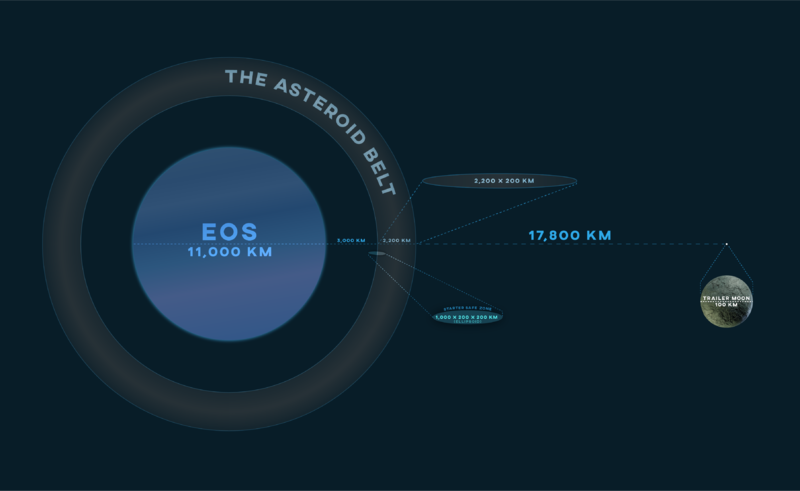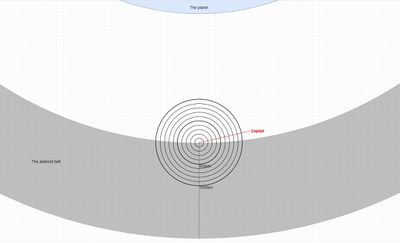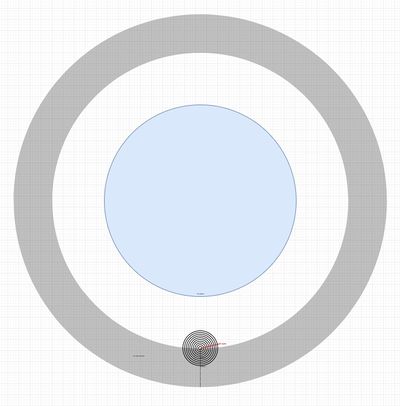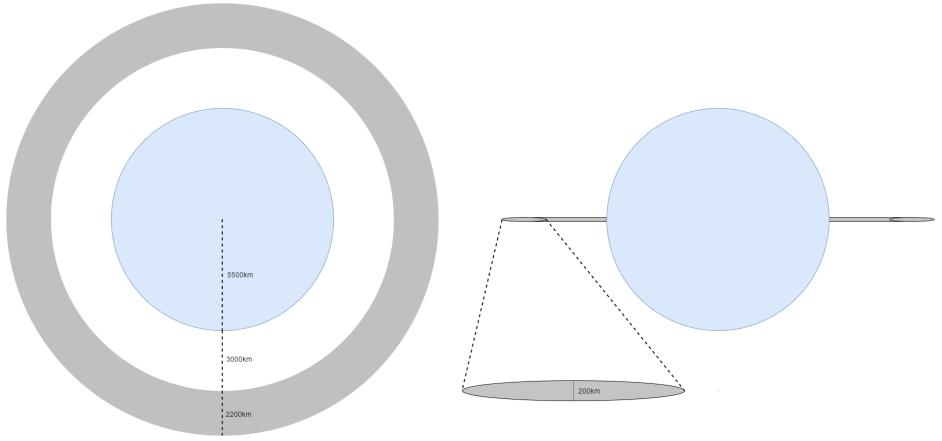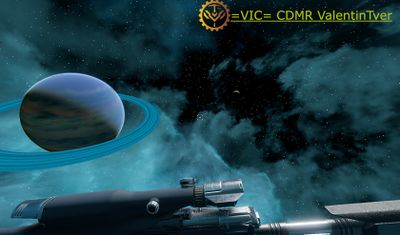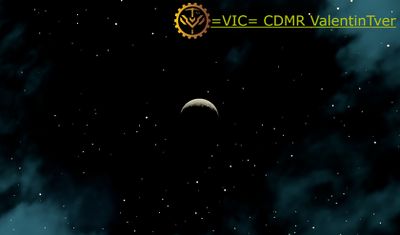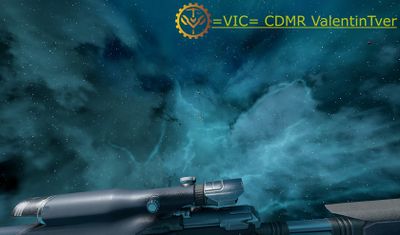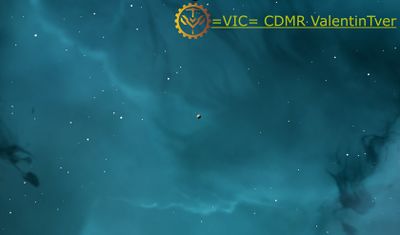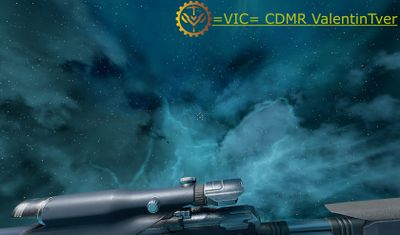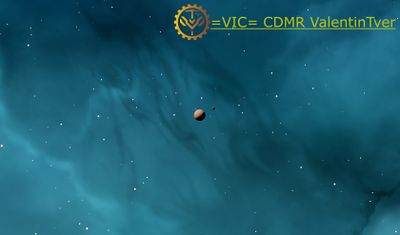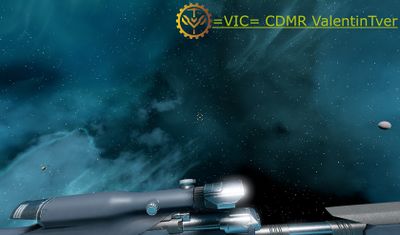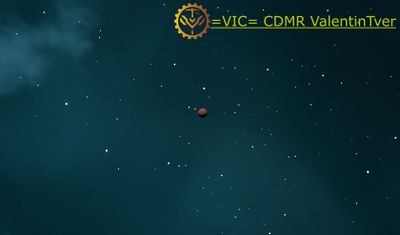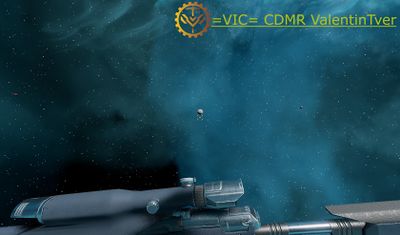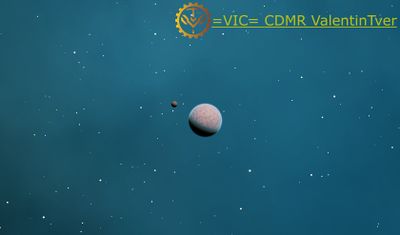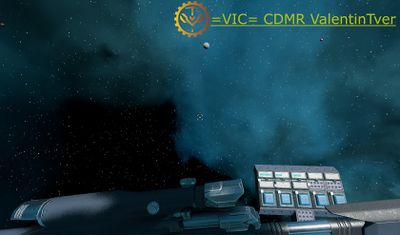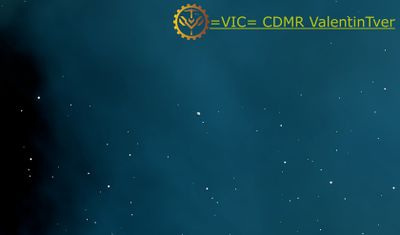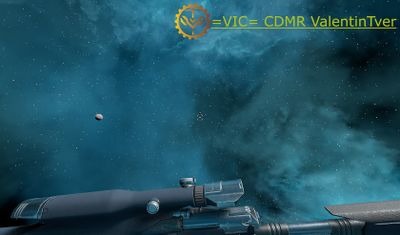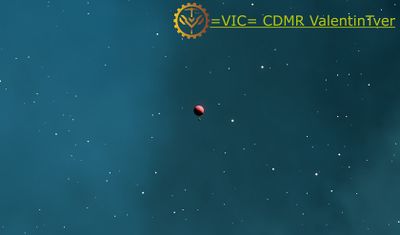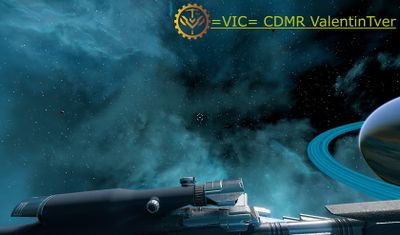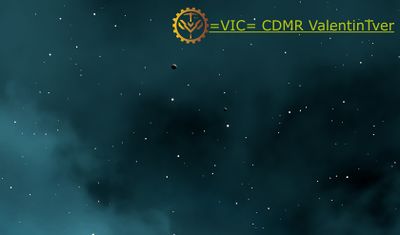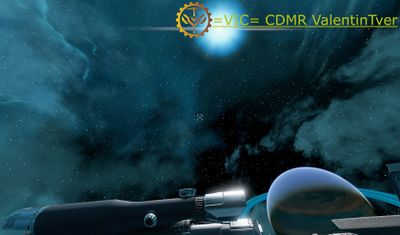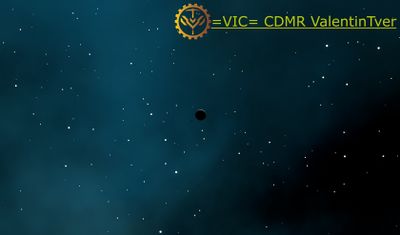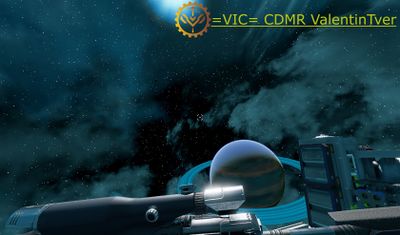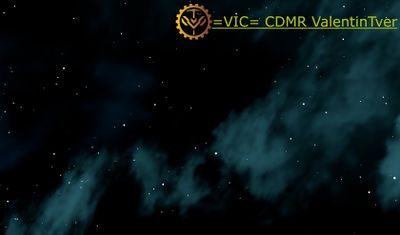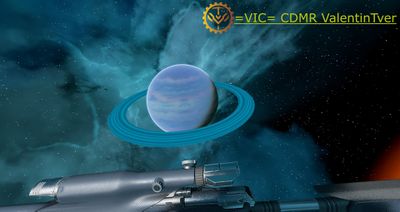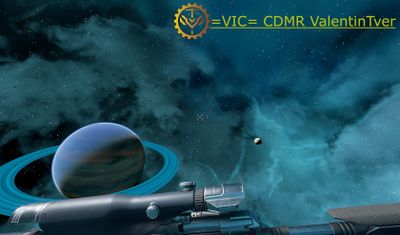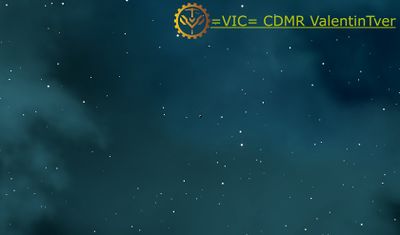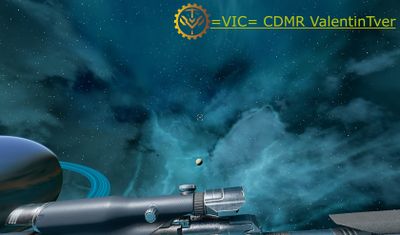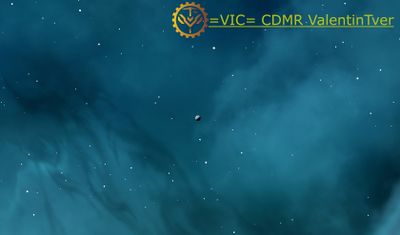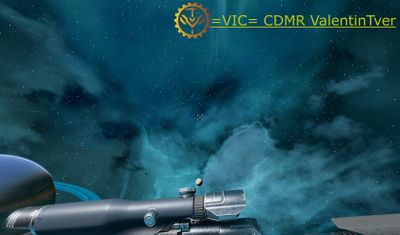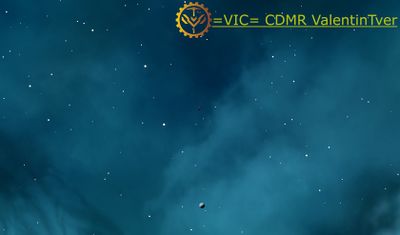Космос
Описание
Космос обширен и бесконечен, имеет множество небесных тел и астероидов, полных материалов и ресурсов
Размеры
В настоящее время, созданная галактика содержит:
- Эос, газовый гигант, 11.000 км в диаметре.
- Различные луны
- Пояс астероидов шириной 2200 км (от края до края) и толщиной 200 км (сверху-вниз)
- Плотность пояса астероидов будет увеличиваться в центре (приближение от 200/км3 до 2000/км3)
Обновленная карта:
Астероиды
Астероиды бывают разных размеров. У них есть внешняя оболочка и внутреннее ядро, которые состоят из ресурсов. Астероиды могут быть разбиты на части и добыты на месте, или доставлены на станцию для очистки.
Это текущие размеры астероидов, найденных в галактике:
Безопасные Зоны
Основные станции существуют в безопасных зонах, контролируемых крупными фракциями, чтобы поддерживать мир между обитателями галактики.
Безопасные зоны ограничены, в основном, Мега Станциями, хотя в конечном итоге безопасные зоны могут быть установлены и в других местах галактики.
Луны
Эос имеет десять лун, ближайшая находится около 20000 км (55 часов при 100 м/с) от пояса астероидов. Считается, что самая большая луна имеет диаметр 1000 км. Запланированные функции, такие как построенные игроком станции, добыча лунных пород и варп-врата, превратят луны в важные центры в будущих обновлениях.
- Eos, a gas giant, 11,000 km in diameter, with its asteroid belt
Before the introduction of the galaxy map, moons had been named colloquially by players. A translation table is provided below.
| Official Name | Previous Name |
|---|---|
| Mavka | Chemosh |
| Kupalo | Sugon |
| Makara | Elysium |
| Hemera | Kumi |
| Pasithea | Xevaos |
| Mouros | AnaMllaan |
| Szélatya | Szellem |
| Suvi | Süti |
| Aglaea | Albedo |
| Manes | Mare |
| Ossis | Aura |
| Nehalennia | Alstel |
| Silde | Spud |
| Isolde | Masser |
| Tristan | Secunda |
| Consus | Caecus |
| Amort | Mures |
| Kyöpeli | Neso |
| Inanna | Ione |
| Knephas | Aurora |
| Amethystos | Amethyst |
| Ostrum | Ferrum |
| Thalia | Tartarus |
| Skōria | Tephra |
| Mellifluus | Kypsélis |
| Magindara | Magellan |
| Euphrosyne | Iris |
| Boreas | Borealis |
| Nap Anya | Szalonna |
| Mélusine | Ciel |
| Vilkacis | Vilous |
| Canens | Cassini |
Mavka
Mavka (/ˈmɑːv.kɑː/) is the second closest moon to Eos. It is the closest moon to Eos to also have its own subsatellite, Kupalo, and its own asteroid belt, which is thin and has a hue like faded wine. Though as bumpy and rough as any astronomical object, its surface is relatively smooth and devoid of any significant mountains, crevasses, or craters. Throughout the day, its atmosphere glows an intense yellowish green, but at sunset and sunrise, a stripe of deep blue cuts beneath it.
Kupalo
Kupalo (/kuˈpɑːloʊ/) is a subsatellite to the moon Mavka. It is a barren rock with little geological distinction to speak of. Across its surface are a number of wavy mountain ridges and open plateaus, between which run valleys. It is notable for its extremely short gravity well, which makes escape from its surface a trivial task.
Makara
Makara (/ˈmə.kə.rə/) is a pink-ish gray moon dotted with many mountains and ridges, and is the closest moon to its parent Eos. Its atmosphere is vividly pink and green, and is possessed of an asteroid belt which shares the same green color. It is currently the only moon with a city built on its surface.
Hemera
Hemera (/(h)i.ˈmɛər.ə/) is a moon with ruddy orange soil speckled with hundreds of mountain ranges. Throughout the day, its sky ranges through many shades of blue, green, and orange, and ground-level fog is at a minimum. Hemera is an unusual satellite, having attracted not only two satellites of its own (Mouros and Pasithea), but its own asteroid belt as well, which is more distant than its subsatellites.
Pasithea
Pasithea (/pɑː.ˈsɪ.θeɪ.ə/) is the closest satellite to the moon Hemera, at just over 300 kilometers. Like its sibling subsatellite Mouros, Pasithea lacks any atmosphere, and its surface — though smoother — is equally riddled with mountainous ridges which rise from the surface at a shockingly steep rate. In some places, the crust has been ablated and the bright red mantle of the moon is exposed.
Mouros
Mouros (/ˈmoʊ(uː).ru/) is a satellite to the moon Hemera, orbiting it at a little over 400 kilometers. As a small subsatellite, the moon lacks any atmosphere, but unlike many subsatellites, its surface is relatively smooth. This is perhaps owed to the protected position it occupies between the much larger Hemera and its asteroid belt.
Szélatya
Szélatya (/ˈseɪlˌɒtjɒ/) is the 8th moon of Eos, and appears a ghostly white from afar. Its surface elevation is widely variable, but the smooth gradation between either extrema means that there are few mountains or ridges to speak of. Throughout the day, Szélatya's atmosphere glows a pale gold and blue, and ground fog is thick.
Suvi
Suvi (/ˈsu.vi/) is a subsatellite of Szélatya, and is part of the smallest class of objects in the Eos sector. Like many subsatellites, it has a largely unremarkable surface of great plateaus and depressions, and no atmosphere to speak of.
Aglaea
Aglaea (/ə.ˈɡleɪ.ə/) is the 11th moon of the Eos sector, and like its sister moons Euphrosyne and Thalia, possesses a bright pink atmosphere that fades to pastel tones of green and blue the deeper one goes. Its surface is relatively smooth, with wide open plains that are occasionally rippled by steep mountain ridges and stalagmite-esque formations.
Manes
Manes (/ˈmɑː.nɛs/) is a mountainous moon of many deep blue hues, which from a distance appear to be seas. It is smaller than average when compared to other moons orbiting Eos and has an ordinary gravitational strength, but is one of the few moons which possesses a water and Karnite atmosphere.
Ossis
Ossis (/ˈoʊs.sis/) is an icy satellite of Manes. Its surface is largely pale blue, and its wide snowy fields are dotted with mountainous ridges and gentle dimples alike. Throughout the day its sky shines with a pale gold, which shifts to green as the sun sets. Because of its smaller size, the curvature of the horizon is visible even from ground elevations.
Nehalennia
Nehalennia (/neɪ.hɑː.ˈlɛn.ni.ə/) is a large moon with a faded orange surface, which is set with gentle hills and wide open plains. Its atmosphere is quite thick and its largest composite gas is surtrite. Throughout the day, the sky shifts through dusty blues and yellows, fading to orange at dusk. It has an unusually thin purple asteroid belt with relatively sparse minerals, which is visible from the surface throughout the day.
Silde
Silde (/ˈsɪl.dɛ/) is the volcanic submoon of Nehalennia. Its surface is almost entirely flat, and riddled with pools of lava. It has a thin atmosphere of a reddish gold, and at sunset it tinges with purple.
Isolde
Isolde (/ɪ.ˈsoʊld(ɛ)/) is the second largest moon of Eos, possessing equally strong gravitational pull. Its mineral wealth is largely uniform, and its terrain varies only slightly between shades of a bright rosy red. It is a foggy moon, and its atmosphere is largely an identical red which only changes to a sublime turquoise at sunset and sunrise.
Tristan
Tristan (/ˈtrɪs.ˌtæn/) is the captive moon of Isolde. Given that the two moons possess identical mineral deposits, it is possible that they were once a single unified body, or otherwise originated from the same source. Tristan is unusual in that, despite its weak gravity, it possesses a blue and orange atmosphere as tall as moons many times its size, and its form is nearly obscured by the diffuse glow of its upper atmosphere. This fog persists to the ground level of the moon, and it is practically impossible to see across long ranges.
Consus
Consus (/ˈkoʊn.sʊs/) is the 16th moon of Eos sector. Despite lacking any large craters, its surface is thoroughly inundated with evidence of impacts throughout the millennia, and much of its reddish mantle is exposed through the crust of the moon. Though its gravity is unremarkable for a moon of its size, its atmosphere is held close to the surface, and its low ground fog obscures vision throughout the day.
Amort
Amort (/ə.ˈmɒrt/) is the subsatellite of the moon Consus. Like many subsatellites of its size, it lacks even a trace atmosphere, and its surface is rough and mountainous.
Kyöpeli
Kyöpeli (/ˈkʊɒ.pɛli/) is the 19th moon of Eos, and the largest icy moon in the sector. Its surface is largely smooth with wide open plains and gentle dune-like formations, but mountains have rising in areas with frequent impact collisions. Its atmosphere is thin and held close to the moon, and its tallest peaks rise beyond the magenta skyline.
Inanna
Inanna (/iˈnɑːn.ˌnʌ/) is a subsatellite of Kyöpeli, and one of the few subsatellites to have its own atmosphere, though it doesn't offer any use in crafting. Its surface is particularly mountainous though there exist some open plains, and its low-hanging violet atmosphere make it difficult to see very far.
Knephas
Knephas (/kˈneɪ.fɑːs/) is a rocky and especially mountainous moon, with few flat sections to speak of. It has an unusually close atmosphere for a moon of its size which, though composed of surtrite and karnite, glows a sickly green throughout the day, only giving way to a deep violet at dusk.
Amethystos
Amethystos (/ɑː.mɛ.ˈθuːs.toʊs/) is an unusually dark moon approximately 70,000 kilometers away from Eos. During the day, its sky glows with fuchsia and a light purple, to which it owes its namesake. Since its atmosphere is held closely to the surface, ground-level fog quickly obscures the relatively flat terrain, with notable exception in mountainous regions which often extend above the atmospheric layer.
Ostrum
Ostrum (/ˈoʊs.trʌm/) is the uniquely colored moon of Amethystos, orbiting at a range just shy of 400 kilometers. Elevations on the subsatellite are relatively un-extreme, and consist mostly of flat basins and slightly raised plateaus. The highest portions of its crust are a pinkish coral, and in combination with the blueish hue of its atmosphere, are from where its namesake is derived.
Thalia
Thalia (/ˈθeɪ.li.ə/) is the 24th moon of Eos, and like its sister moons Aglaea and Euphrosyne, has a bright pink atmosphere which fades to light and powdery greens and blues. Just as its sisters, its surface is comprised of many open plains, with stalagmite-esque formations and steep mountain ridges isolated between them.
Skōria
Skōria (/ˈskɒr.i.ʌ/) is a subsatellite of Thalia, and is part of the smallest class of objects in the Eos sector. Like many subsatellites, it has a largely unremarkable surface of great plateaus and depressions, and no atmosphere to speak of.
Mellifluus
Mellifluus (/mɛlˈli.fluːs/) is a distant moon in the Eos sector, orbiting at just beyond 100,000 kilometers. Its atmosphere is a bright shade of turquoise - a color it shares with its largely flat surface, devoid of all but a few mountains - which fades to a pale peach at its furthest depth. From the surface, the turquoise gives way to a burnished gold which seems to always be lingering just over the horizon.
Magindara
Magindara (/mə.ˈdʒin.ˌdə.rə/) is a distant moon in the Eos sector. Throughout the day its atmosphere shines a buoyant aqua, and between it and the sandy dunes that proliferate across its surface, Magindara recalls images of the shoreline on a summer day. Its elevation is largely consistent, with few mountains or even steep ridges to speak of, and visibility is respectably clear.
Euphrosyne
Euphrosyne (/ˈjuː.ˌfroʊ.ziːn.(i)/) is a relatively flat moon, with wide open plains separated by low mountain ridges. Its atmosphere hangs unusually low for a moon of its size, contributing to a dense fog that persists throughout the day. Though a rosy pink from above, Euphrosyne's atmosphere is comprised of a range of pastel greens and blues at its surface.
Boreas
Boreas (/ˈbɒr.i.əs/) is a satellite to the moon Euphrosyne, orbiting it at nearly 700 kilometers. Owing to its low mass, Boreas lacks any trace of atmosphere, and its surface is riddled with sharp ridges and deep pockets — clear evidence of numerous asteroid impacts throughout time — and yet despite it, Boreas' gravity well extends well beyond the norm for a satellite of its size. It is perhaps because of this unusually sized gravity well that Boreas has been able to accumulate such mineral wealth over time.
Nap Anya
Nap Anya (/ˈnɒpˌɒnjɒ/) is the 33rd moon of Eos, and the most distant by many thousands of kilometers. It has the further distinction of being Eos' largest moon, and the strongest gravity — and yet, it does not possess the tallest gravity well, which is a claim that belongs to Hemera. Nap Anya's surface is also relatively unique: Like Isolde, its atmosphere and surface share a cherry red hue, but its geography appears almost wrinkled and set with dozens of liquid lakes, which are also bright red.
Mélusine
Mélusine (/ˈmiː.ljuː.ˌziːn.(ɛ)/) is the fourth most distant moon of Eos. Owing to its short atmospheric height, the pinkish violet hue of its sky can only be seen at near-tangential angles, or from the surface. However, its atmosphere is unique in that its upper section seems to absorb light, which appears as a dark halo around the entire circumference of the moon. Though it may appear from above as though its flooded with lava, the light spots on Mélusine's surface are actually a sandy sub-layer of its crust, which lie between its many tall plateaus.
Vilkacis
Vilkacis (/ˈvɪl.xʌ(t).zɪs/) is the larger of Mélusine's two moons, and the only one with a visible atmosphere. Vilkacis has a bluish white surface that appears icy, but presents with unusual layering like that of sedimentary rock on its dune-like geography. Its atmosphere is a very light and cloudy blue with violet highlights, and turns a greenish yellow at sunset and sunrise. Ground fog is especially thick on Vilkacis, and visibility is limited at the surface.
Canens
Canens (/ˈkɑː.nɛns/) is the smaller of Mélusine's two moons. Like many sub-satellites of its size, it is a largely barren rock with mountainous terrain and no atmosphere to speak of. However, it does orbit slightly closer to its parent moon than other subsatellites of its class.
Список лун, обнаруженных в PTU на дату 27 августа 2021 года.
На текущий момент обнаружено 18 лун, и список может быть не окончательным, часть видимого пространства остается скрытым Эос.
Данные приведены относительно исследовательского корабля
Нумерация лун начинается от Элизиума относительно исследователя и не является нумерацией относительно удаленности от Эос
Луна 1 (Элизиум)
без спутников
Луна 2
Ниже правее, без спутников
Луна 3
правее выше, со спутником
Луна 4
выше, со спутником
Луна 5
правее выше, со спутником
Луна 6
правее, со спутником
Луна 7
ниже, со спутником
Луна 8
выше правее, со спутником
Луна 9, Луна 10
правее, без спутников
Луна 11
правее выше, со спутником
Луна 12, Луна 13, Луна 14
правее ниже, левая и по центру - со спутниками, правая без спутника
Луна 15
без спутника
Луна 16
правее выше, со спутником
Луна 17
правее выше(над Элизиумом), без спутника
Луна 18
выше, со спутником (с высокой вероятностью)
